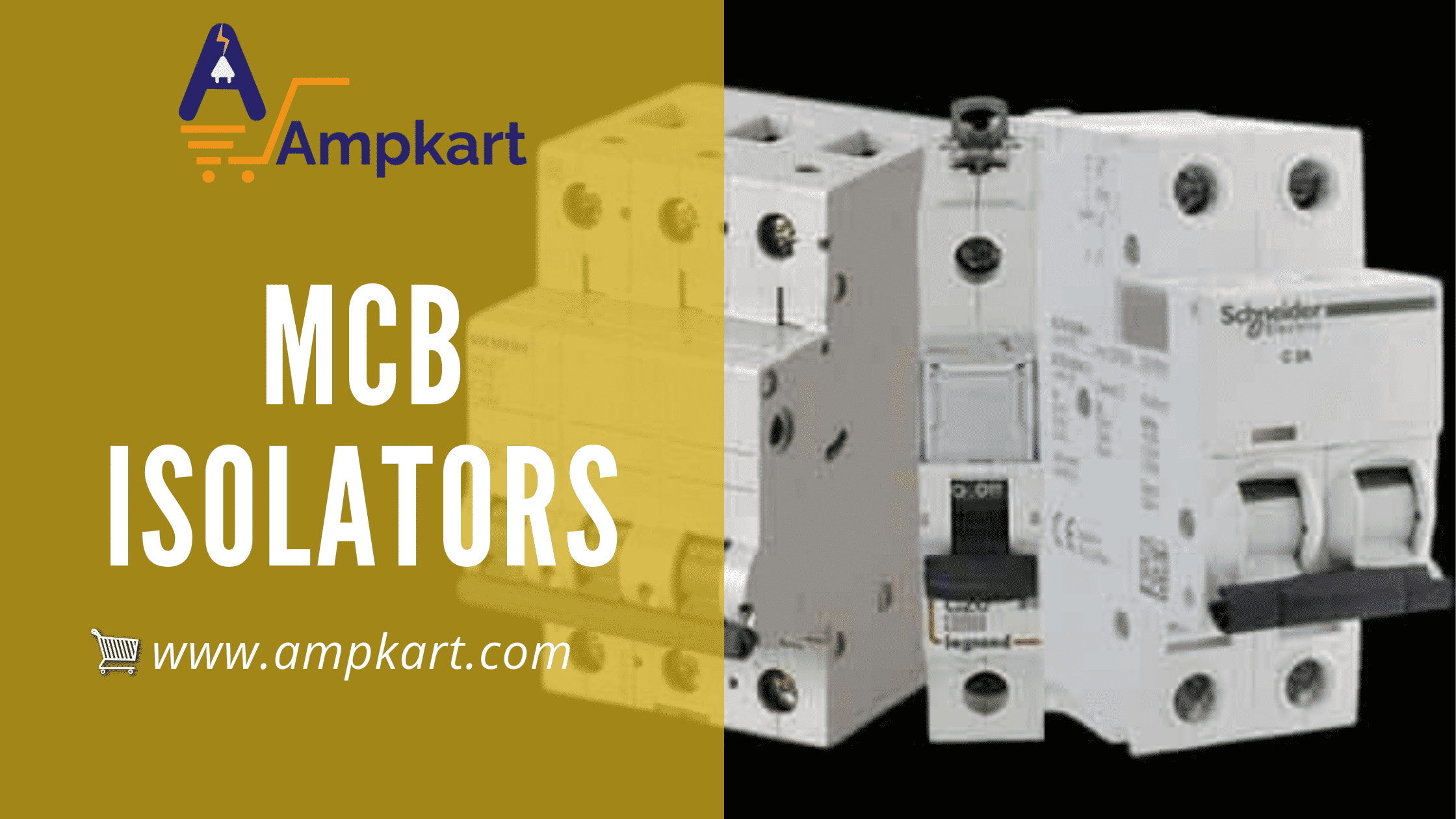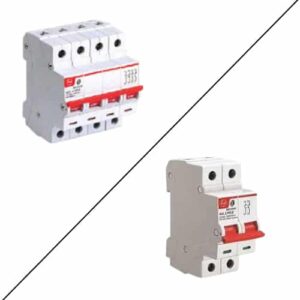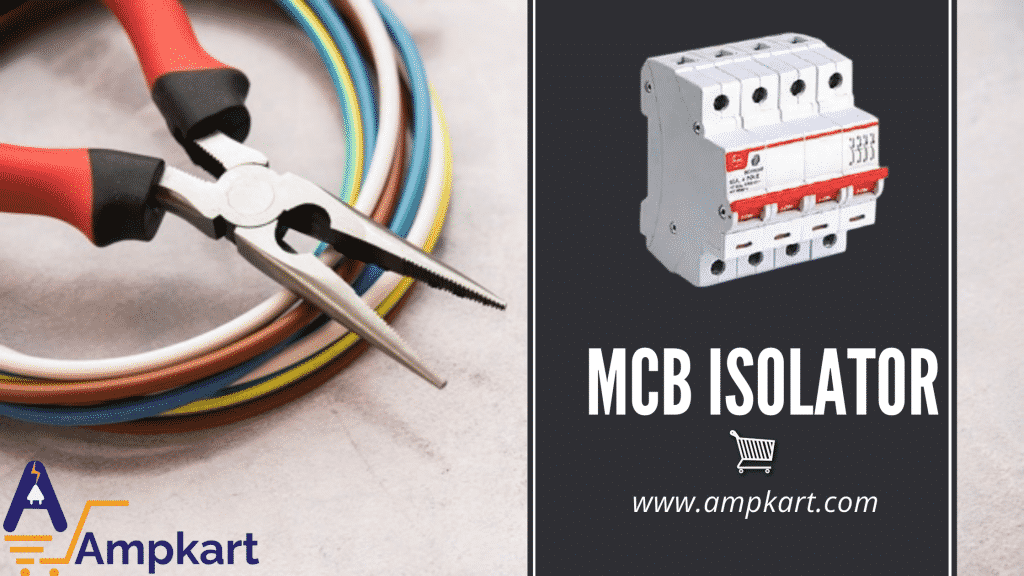The primary purpose of an isolator, a type of switching system, is to ensure that a circuit is not activated to perform the restoration. Some are also easily identifiable, such as isolation switches used to separate circuits. These switches may be used in industrial settings, as well as in the delivery of electrical power. In power stations, high-voltage isolation switches are used to isolate devices such as transformers and circuit breakers.
-
 L&T Exora Isolator₹350 – ₹995
L&T Exora Isolator₹350 – ₹995
-


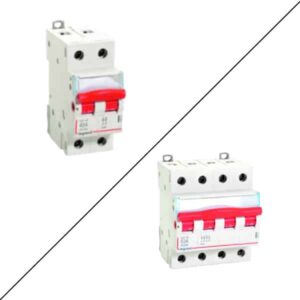 Legrand DX3 Isolators AC₹371 – ₹1,216
Legrand DX3 Isolators AC₹371 – ₹1,216
-


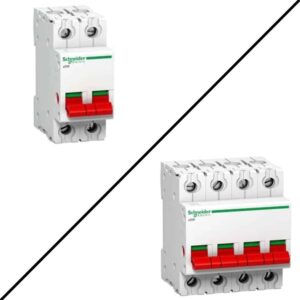 Schneider Acti9 Isolator₹449 – ₹1,998
Schneider Acti9 Isolator₹449 – ₹1,998
Working Principle
The operating theory of an electric isolator is straightforward because it can be operated manually, semi-automatically, or entirely automatically. These are also used as switches, referred to as electrical isolator switches. Depending on the case, this switch can be raised or lowered. However, in some cases, such as transformers, electricity distribution lines, and grid stations, these are positioned in a fixed location indefinitely to ensure isolation.
Types of Isolators
Electrical isolators are categorized according to the system’s specifications, which include the following:
- Double Break Type Isolator: Three loads of post insulators make up this form of the isolator. A flat male or tubular link is kept in the central insulator, which can be made straight by a middle post insulator rotation. The bottom of the post insulator has a lever that can rotate the middle post insulator. It is connected to the isolator’s manual control (operating handle) or motorised operation (using motor) through a rotating knot rod.
- Single Break Type Isolators: Arm interaction is divided into two components in this form of the isolator. Male contact is made with the first arm contact, while female contact is made with the second arm contact. The post insulator movement, on which the arm contacts are set, causes the arm contact to move. The post insulators’ rotation stacks are reversed, causing the isolator to close by closing the arm contact.
- Pantograph Type Isolator: The pantograph style isolator allows present switchgear to be installed and takes up the least amount of space. A post insulator and an operational insulator are also included in this type of insulator.
Electrical Isolator V/s Circuit Breaker
The key distinction between an isolator and a circuit breaker is that an isolator disconnects the circuit when it is not in use. The circuit breaker, on the other hand, disconnects the path when the load is ON.
However, these two work on the same principle as disconnection, i.e., to isolate portions of an electrical circuit from the rest of the device. This will not operate in an on-load case, as any flaw in the system will cause the circuit breaker to trip regularly.
Buying Isolators Online
The flame-retardant thermoplastic switch isolator is available in single pole, double pole, triple pole, and four-pole configurations. Ampkart has always provided energy-efficient and cost-effective switchgear to ensure maximum safety and security from fault conditions. In terms of scale, price, functionality, and technology, our circuit breakers are unmatched.
 (+91) 7439 448 917
(+91) 7439 448 917 Cash on Delivery Available
Cash on Delivery Available



 Circuit Breakers
Circuit Breakers Power Distribution
Power Distribution Modular Switchboard
Modular Switchboard Wires & Cables
Wires & Cables















